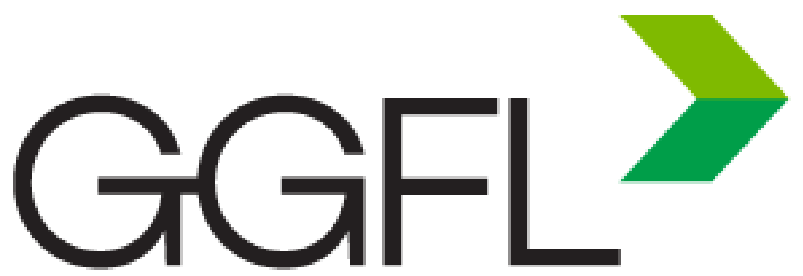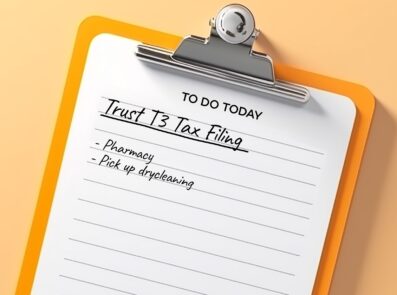Additional COVID-19 Resources
COVID-19 – Helping Your Employees
New Tax Filing and Tax Payment Deadline
Managing Your Cash Flow During COVID-19
Canada Emergency Business Account
Aid for Students and the Canadian Emergency Student Benefit
GGFL Service Changes
COVID-19, Taxes and Office Operations
Client Safety and Care During COVID-19
Updated July 13th, 2020
Canada Emergency Wage Subsidy (CEWS) Extended
On July 13th, it was announced that CEWS would be extended until December. The program was initially set to run for the months of March, April and May. The eligibility requirements for period #4 (June 7 – July 4, 2020) remain unchanged. The 30% reduction in revenue needed to qualify for the periods #5 and #6 and beyond may be re-visited, along with other eligibility requirements. More details are expected.
Recommendations For Period 2 Applications
We are recommending that all companies that qualify for the second period (April 12-May 9) of CEWS complete the full application with the CRA. If you qualified for period one (March 15-April 11) you will automatically receive the CEWS for period two, but not period 3 (May 10-June 6).
Only by successfully completing the application for period two will you automatically qualify for period three. The automatic qualification for period three may be helpful should the re-opening of businesses this month prevent you from meeting the 30% revenue reduction threshold.
To qualify for period two of CEWS, you must have seen a 30% reduction in revenue from the same period last year or for the average revenue from January and February of this year. Note that if you used January and February 2020 as your comparison within your application for period one, you are required to continue to use those months as your comparison period thereafter.
Also note that even if you do not meet the 30% revenue reduction criteria for April but are automatically receiving the CEWS for period two, you will still need to submit a calculation of the subsidy so that CRA is aware of how much you are entitled to.
A calculator is now available on the CRA website so that employers can determine the amount that they can claim.
The Canada Emergency Wage Subsidy
This enhanced wage subsidy will cover 75% of employee wages for businesses that have seen a 15% drop in revenue in March and experience a 30% or more reduction in revenue in April and May as a result of the COVID-19 virus. The per employee maximum is based on an annual salary of $58,700. There is no maximum per employer.
The program aims to help employers, including corporations who are not publicly funded, charities, not-for-profits and partnerships, unincorporated businesses, avoid layoffs for their staff.
Applications will be made through the CRA website. The government anticipates the online application portal will be available in three weeks and that businesses will begin to receive funds three weeks after the application is submitted.
It is not mandatory to have a CRA ‘My Business Account’ to apply for the Emergency Wage Subsidy. Businesses with an account are likely to receive their funds from CRA faster than those that do not.
To be eligible for the CEWS companies will need to demonstrate a 15% reduction in revenue in March and a 30% reduction in their monthly revenue in April and May compared to the same months in 2019, or for the months of January and February of this year. A separate application will need to be made for each of the initial three months of the program – March, April and May and we are awaiting details on the recently announced extension of the program beyond June. Employers must continue to pay their employees and receive the subsidy as a reimbursement. When demonstrating their decline in revenue, charities and not-for-profits will now have the option to include or exclude government funding.
Finance Minister Bill Morneau has stressed that all business owners must attest that they are doing everything possible to provide employees with the remaining 25% of the wages, but are not required to do so. He added that there would be severe penalties for anyone who abuses or attempts to defraud the program.
For business owners who are also employees of their companies, the CEWS should provide some relief for you and your families while you continue to work on your business. Owners should consult with their advisors on the most effective wage remittance strategy.
A special rule will apply to employees directly related to the employer. This rule would apply to the employer when they are also an employee. The subsidy amount for such employees will be limited to the eligible remuneration paid up to a maximum benefit of $847 per week or 75 per cent of the employee’s pre-crisis weekly remuneration.
On Saturday, April 11th, parliament approved the program. Finance Minister Bill Morneau indicated funds should reach companies in two to five weeks.
Don’t Qualify for the Emergency Wage Subsidy?
On April 17th, the government announced new aid programs for innovator and start-up companies that do not qualify for the Canada Emergency Wage Subsidy or the Canada Emergency Business Account. To help these companies, $962M will be provided to regional development agencies and the Community Futures Network. An additional $270M will be provided to Futurpreneur and the Industrial Research Assistance Program to help early stage companies. The Prime Minister also announced $500M will be provided to Heritage Canada to assist the arts, culture and sports communities.
What you can do today
All business owners are grappling with the difficult question of what to do with their staff. If keeping staff on the payroll, or returning them to it, is a viable option, the other concern is how to maintain positive cash flow until the 75% wage subsidy is received six or more weeks from now.
For a complete list of government measures that can help you manage your cash flow please see our article
‘Managing Your Cash Flow During COVID-19‘.
Loans
Applications are now open for the Canada Emergency Business Account (CEBA) through financial institutions. CEBA will provide business owners with a loan of up to $40,000 that is interest free until the end of 2022. Up to $10,000 of the loans may be considered a grant and will not have to be repaid, if 75% of the initial loan amount is repaid by the end of 2022. To be eligible, companies need to have had payroll between $20,000 – $1,500,000 in 2019.
For larger organizations, access to credit is being made available through BDC and EDC.
Our understanding is that the application process for the CEBA will be simpler and faster than those with BDC and EDC.
Temporary wage subsidy Program
The current government wage subsidy program allows companies to withhold an amount up to 10% of the remuneration paid to CRA from March 18, 2020 to June 19, 2020. This wage subsidy is limited to $1,375 for each eligible employee and a maximum of $25,000 total per employer. Withholding these funds at this time may free up valuable cash reserves. Any subsidy received would be considered income for tax purposes.
For those employers who have received any benefit from the 10 % wage subsidy would generally reduce the amount available to be claimed under the 75% Canada Emergency Wage Subsidy in that same period.
For more details, please visit the CRA FAQ page here.
Prepare Your Financials
Applications for the CEWS will not open for a few weeks. Now is the time to gather the financial information needed to apply, including revenue reports from this year and for the same months last year, along with your payroll remittance by month.
More information on the Canada Emergency Wage Subsidy can be found here.
Additional resources to help businesses can also be found on the new Canadian Business Resilience Network website. The website was created in partnership between the federal government and the Chamber of Commerce and provides resources on containment measures, business continuity, support for business and recovery.





